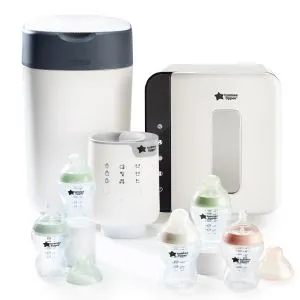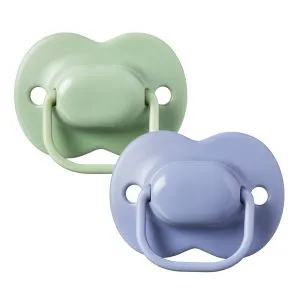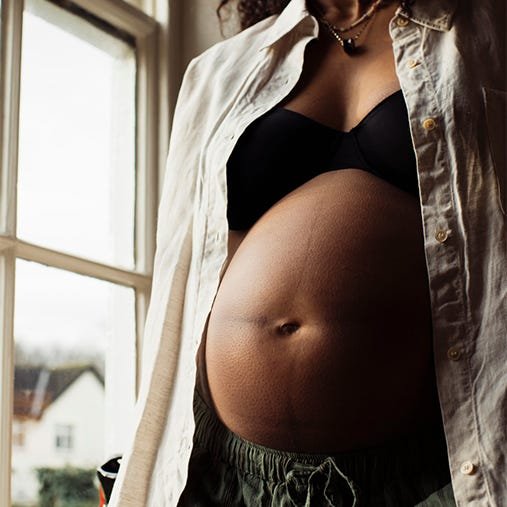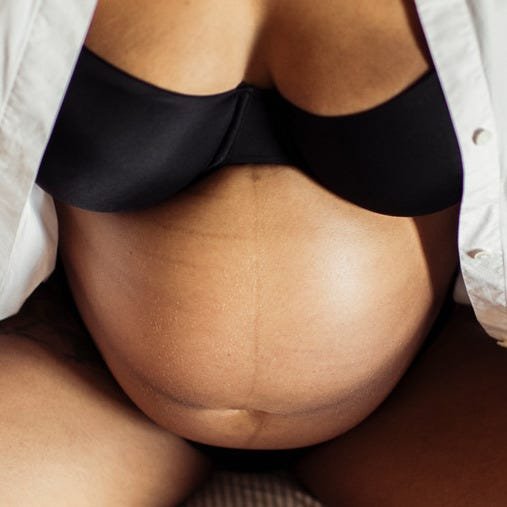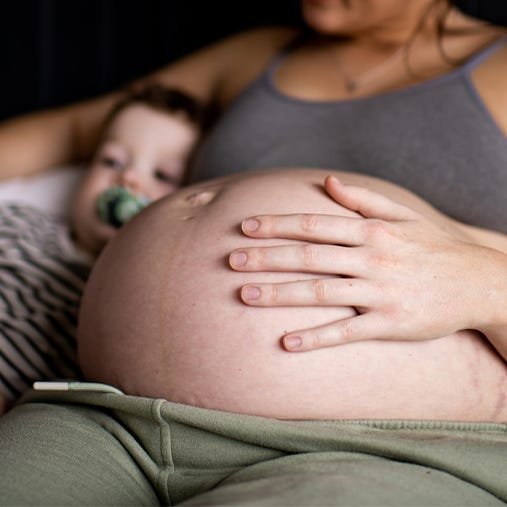If you're expecting a baby, you've probably heard a lot of talk about labour contractions. They're one of the most talked-about aspects of childbirth, and for good reason. Labour contractions are the way your body prepares for delivery, and they can be a little daunting if you don't know what to expect.
In this blog, we'll explore early labour pains, Braxton Hicks, and the different types of contractions and what they feel like.
What do contractions feel like?
The truth is, contractions feel very different for every pregnant person and it's hard to describe exactly how they will feel for you.
Usually, people experience a wave of pain that peaks and then eases. Some people find them very painful, while others find them easier to manage.
They're sometimes described as a tightening and hardening of the stomach followed by pain with extreme cramping in your lower stomach. Some people feel contractions in their back, and this is usually because of the position of their baby.
Typically, contractions are a sign that labour is starting, so if you're experiencing them, you should speak to your midwife or maternity unit.
What do early contractions feel like?
Early contractions can feel like a dull ache or cramp in the lower abdomen or back, like menstrual cramps. Some people may also experience a tightening or pressure sensation in the pelvic area. Early contractions are not as intense as full labour contractions.
Where do you feel contractions?
Every person's experience of contractions is unique, and where you feel contraction pain depends on the position of your baby.
If your baby is head down but looking forward, you may feel them most in your back. If they're positioned differently, you may feel them in your lower stomach where period cramps typically occur. Some people also feel pain at the top of their legs.
What are contractions?
Contractions are typically a sign that labour is about to begin. They happen when your uterus tightens during a contraction and your cervix opens to push the baby down and out.
Let's run through the different kinds of contractions one by one.
Types of contractions
Braxton Hicks or practice contractions
These tightenings (that begin at the top of your bump and spread down) are usually not too painful and can be experienced during pregnancy, particularly in the second or third trimester. They usually last for between 30 and 60 seconds and are expected. Think of them as your body getting ready for the real thing during birth.
Preterm labour
If you experience actual labour contractions before your pregnancy reaches full term, these are referred to as preterm contractions. This term is used when labour commences before you hit the 37th week of pregnancy. Don't hesitate to get in touch with your midwife or doctor if you think you may be going into premature labour.
Labour contractions
These are the real deal, aka the contractions that don't subside and result in the birth of your baby.
Typically, they happen a week or two before or after your due date, but if you think you might be experiencing them at any point during your pregnancy, it's crucial to contact your doctor or midwife right away.
Not sure whether what you're feeling are Braxton Hicks or true labour contractions? It's best to ask your midwife or doctor for advice.


